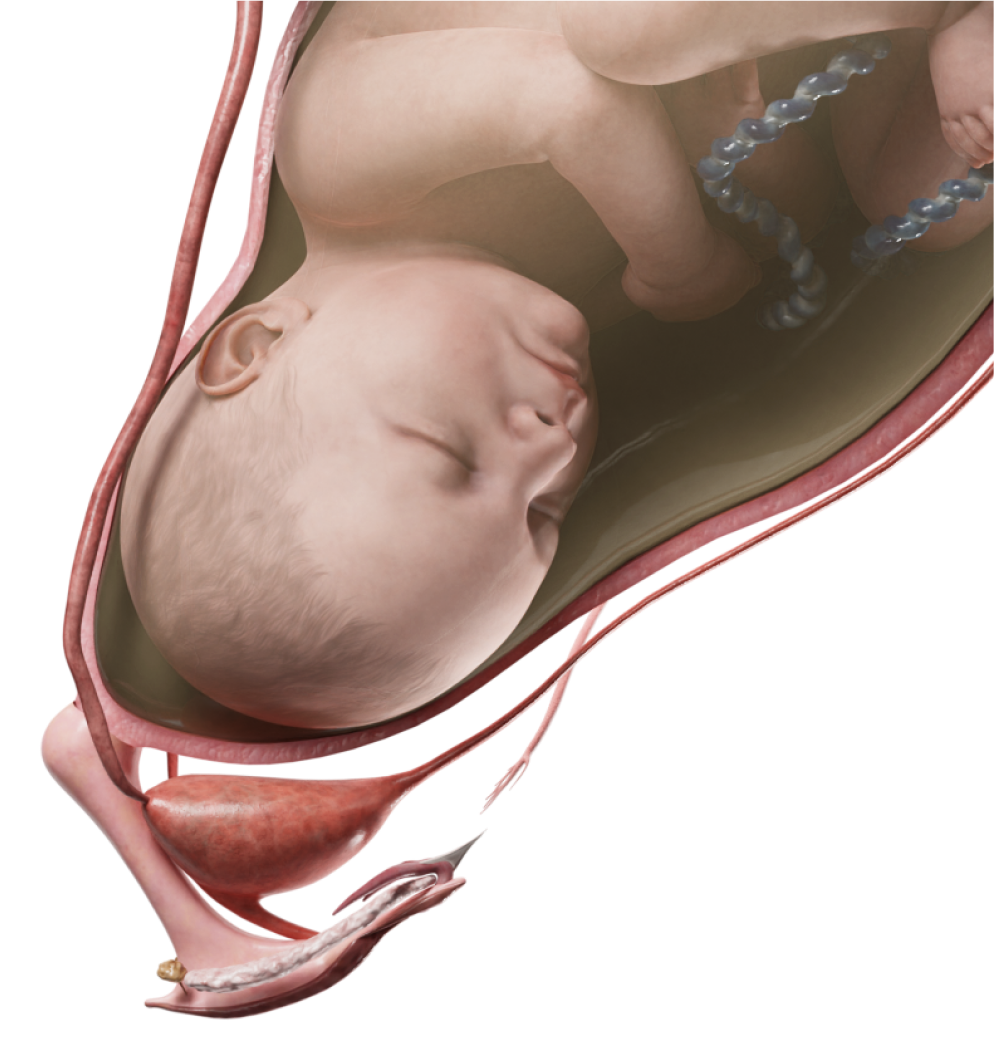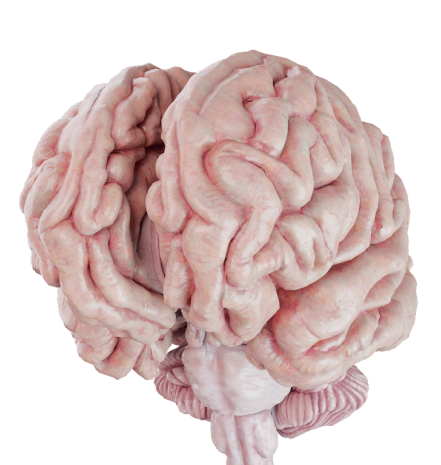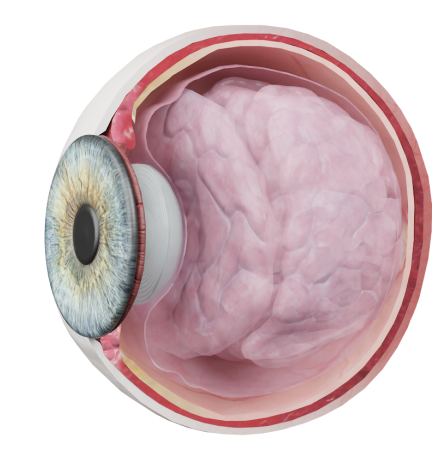Infective endocarditis
Infective endocarditis (IE) is an infection-induced inflammation of the endocardium, which mostly involves heart valves. It can also occur in other areas covered with endocardium, such as the vascular endothelium, less frequently.
Etiology
Although many infectious agents can cause endocarditis, only a few pathogens account for the majority of cases. These are gram-positive cocci (Staphylococci, Streptococci, and Enterococci), gram-negative bacteria, and fungi.
Classification
IE can be classified according to:
- Prior heart valve condition:
- primary IE: affects intact heart valves;
- secondary IE: affects previously injured heart valves.
Duration of the disease:
- acute (up to 8 weeks);
- subacute (more than 8 weeks);
- chronic.
- Etiology.
There are also special types of IE:
- nosocomial IE;
- prosthetic valve endocarditis (PVE);
- cardiac device–related infective endocarditis (CDRIE).
Anatomic Pathology and Pathophysiology
Endocardial damage and concomitant bacteremia promote bacterial adhesion to the endocardial surface, followed by bacterial proliferation and vegetation formation. Subsequently, platelets and red blood cells adhere to vegetations, leading to the formation of blood clots. This, in turn, can further result in thromboembolic complications. Pathophysiologically, damage to the valve caused by these pathological processes spans valve insufficiency, septic complications, and heart failure.
Clinical Manifestations
Clinical manifestations depend on the valve (or valves) affected. If it is the tricuspid valve, the main clinical symptoms are dyspnea, weakness, fatigue, tachycardia, arrhythmia, pain, or a feeling of heaviness in the right hypochondrium. The examination may reveal a systolic murmur and cardiac enlargement.
If there is mitral regurgitation (MR), it is characterized by weakness, fatigue, dyspnea, arrhythmias, cough, and hemoptysis. A systolic murmur and diminished first heart sound (S1) at the apex of the heart, as well as cardiac enlargement, can be found.
Diagnosis
Echocardiography: assessment of valve function, regurgitation degree, and vegetation size.
Blood cultures help to determine a causative pathogen of IE and make an accurate diagnosis. It is also important to take into account previous heart diseases, clinical symptoms typical for IE such as fever, Osler’s nodes, Roth’s spots, etc., as well as signs of embolic events.
Treatment
Initially, IE is treated with antibiotics if a patient is hemodynamically stable and/or has no vegetations with a high risk of embolic events.
Surgical treatment involves damaged valve repair with the excision of affected tissues. Occasionally, leaflet perforations may be repaired with patches made from synthetic materials. However, if there is extensive valve damage, valve replacement is usually performed.










